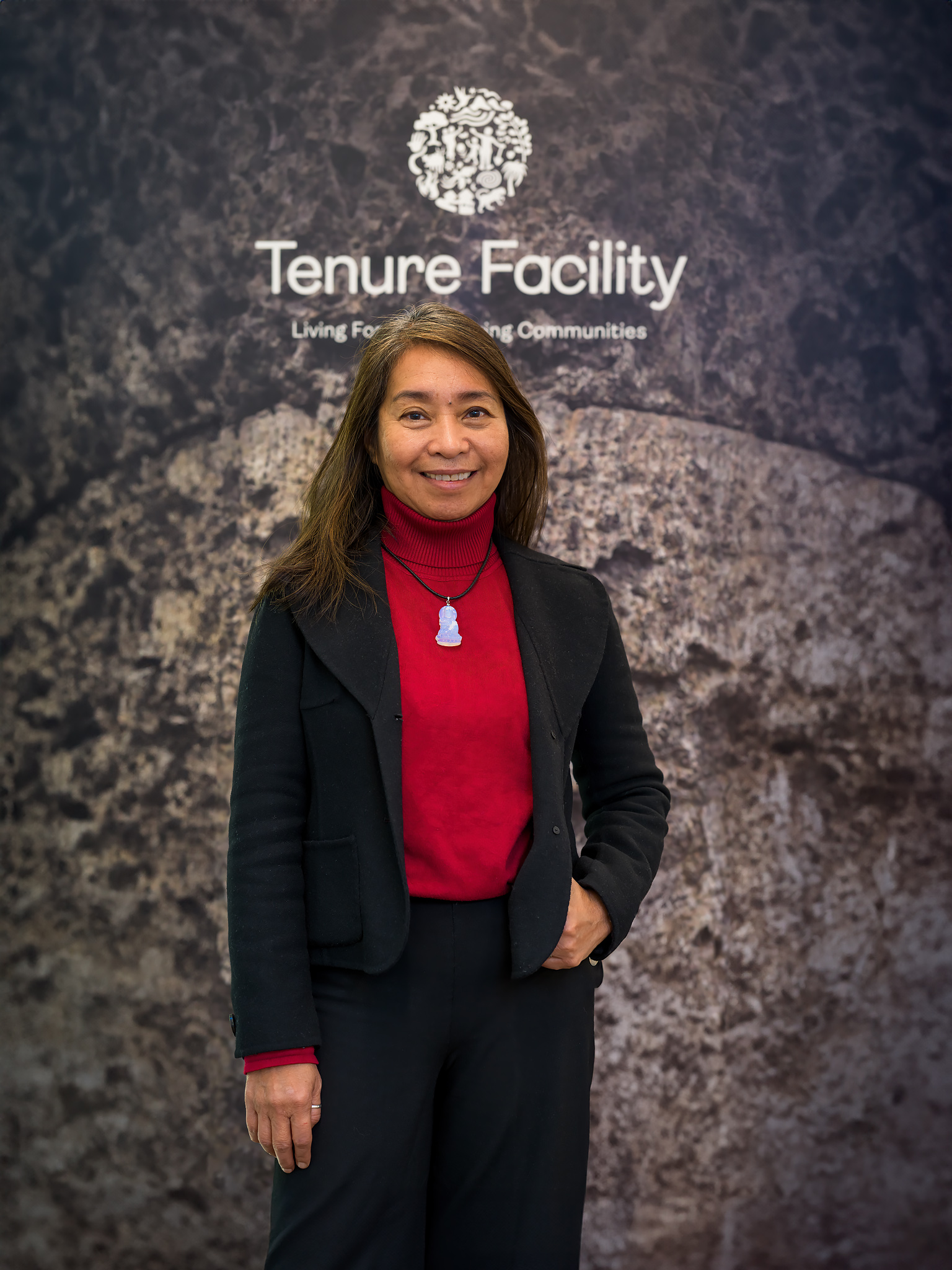2023-11-29
By Nonette Royo
As world leaders prepare for the 28th UN Conference of the Parties during times of war and human suffering, there appears to be little hope for a breakthrough on tackling the planet’s increasingly devastating climate challenges.
But COP28 should not be written off just yet. In the coming days, alliances of policymakers and other stakeholders could unite behind some of the most important front-line defenders of our world’s climate and ecological biodiversity: Indigenous Peoples and local communities.
In recent years, Indigenous Peoples’ environmentally friendly ways of life, and their contributions to helping to safeguard biodiversity and mitigate climate change, have gained much-needed attention. As the stewards of some 80% of the world’s biodiversity, they know how to protect vital ecosystems that are coming under mounting strain from climate change and resource acquisition.
At COP26 in Glasgow, Scotland, for instance, a handful of donor countries joined some of the world’s foremost philanthropic groups to commit US$1.7 billion over five years to support land tenure rights for indigenous communities.
Ramping up funding for tenure
Since the COP26 pledge for funding of Indigenous Peoples and local communities, my organisation has doubled its delivery of support for tenure rights to indigenous-led groups and other partners to around US$24 million per year.
At the same time, there has been an explosion of scientific evidence showing that indigenous communities are invaluable when it comes protecting and restoring lands to the benefit of the entire planet. Researchers at the World Resources Institute and Project Drawdown have shown that expanding land tenure rights for Indigenous Peoples reduces deforestation, with significant long-term benefits for capturing and retaining carbon emissions. These communities and organisations continue to protect carbon sinks and prevent emissions caused by deforestation.
However, many of these communities face daunting challenges: a lack of recognition for their territorial rights, hostility, and forced removal from lands they have lived on for generations. Indigenous Peoples and local communities live on and manage about half of the world’s territories, yet governments recognise only around 10% of their ownership of these lands. And threats to traditional territorial rights are growing, such as the rapid expansion of mineral extraction, commercial agriculture, logging and infrastructure. The principal of free, prior and informed consent to use these territories too often falls victim to weak national regulatory and oversight institutions, or sheer greed.
Given the scale of challenges, it is of vital importance to direct the funds to indigenous and local organisations as much as possible. To survive, they require access to longer-term funds required to defend their land rights against encroachment, to strengthen their communal governance, and to empower the next generation, in particular women, so their vibrant cultures and traditions endure. Here again, research evidence shows that respecting and recognising the rights of Indigenous Peoples can help mitigate territorial conflict and boost conservation efforts.
Two years after the commitments made at COP26, progress in funding these communities has been slow and/or indirect. And despite the billions pledged over the years to mitigate climate change, recent studies have shown that Indigenous Peoples and local communities have received less than 1% of global climate funding.

Nonette Royo is the executive director of Tenure Facility.
Tenure rights funding for longer-term horizons
With an oil-producing country at the helm, COP28 risks falling short of ambition when it comes to backing indigenous-led funds. But that does not mean that coalitions of countries and other stakeholders cannot commit, or redouble their commitments, to direct funding. Such investment has shown to bring benefits beyond addressing climate change. For instance, direct support over a longer-term horizon underpins indigenous communities’ ability to develop climate-resilient infrastructure, enhance disaster preparedness and build up sustainable economic opportunities that work for them and their territories.
Changes are already happening despite the funding hurdles. New indigenous-led funds aimed at protecting rights and promoting conservation are being established in some of the world’s most threatened areas, including the Amazon. Indigenous-managed funds are working with forward-looking donors, philanthropists and like-minded partners who are willing to use innovative, lasting approaches to protect indigenous rights as well as the climate. It will take time and the learning curve may be steep. But delays mean both prolonging injustices and hampering progress on climate action.
Indigenous Peoples and local communities once lived on the periphery, tending to their ancestral territories and protecting the life-sustaining ecologies with which they lived in harmony for generations. But that dynamic has changed, along with the climate. Powerful entities are scooping up their ancestral lands for minerals and natural resources, or taking their forests to warehouse carbon so dirty industries can continue to pollute. Even where these communities have gained rights, these all too often exist on paper and not in practice.
If climate ambition is to mean anything, it is vital that the Indigenous Peoples who know first-hand about conservation not only gain respect; they need financial firepower to protect their rights and our biodiversity. These grassroots climate defenders are a source of inspiration for the kind of global action that is desperately needed to save the planet.
Other Blog Posts
Categories: